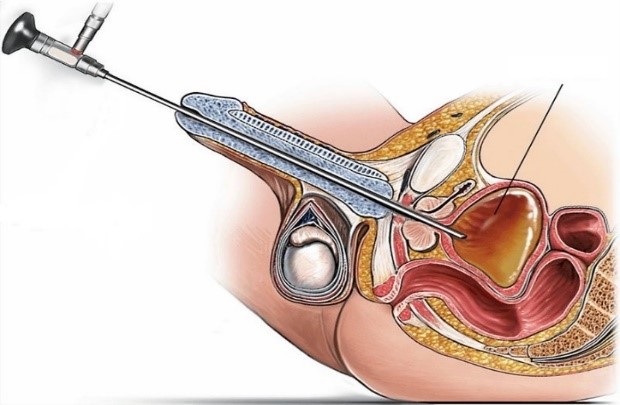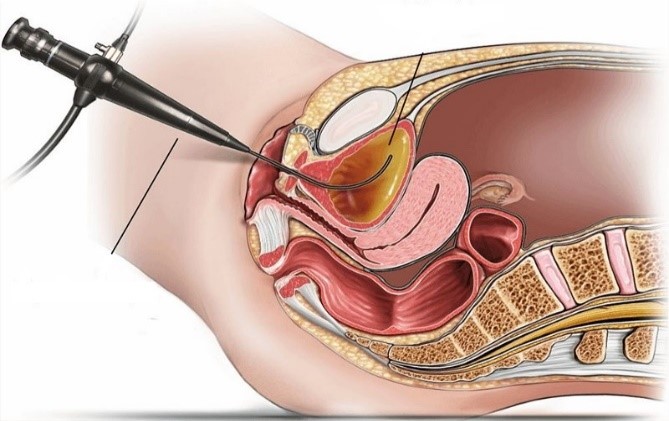| Service |
$ |
|
Cystourethroscopy, with or without lavage and drainage of copious clots and with or without ureteral catheterization (stand-alone procedure)
|
3500 |
|
This service is performed for diagnostic purposes to examine the bladder and urethra or for therapeutic purposes in cases where the patient has presented with bleeding and clots in the bladder that cannot be drained with a cystoscope. It is also used to pass a catheter for the purpose of cannulation of the ureter. A cystoscope is a thin tube with a camera and light at the end. During a cystoscopy, the doctor inserts this tube through the urethra into the bladder to see inside the bladder. Magnified images from the camera are visible on a monitor. Cystoscopy can show several conditions, including tumors, stones, and bladder cancer. The specialist also uses this method to diagnose blockages, enlarged prostates, cancerous masses, and problems with the ureters. Cystoscopy can also be used to treat bladder-related diseases. The doctor can pass small surgical instruments through this tube to remove small bladder tumors, stones, or take samples of bladder tissue.
 
|
|